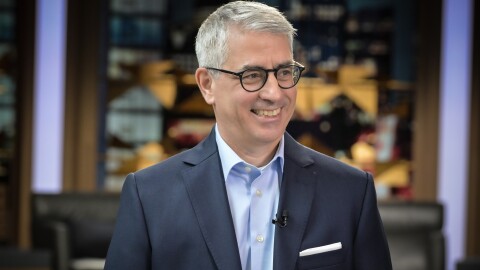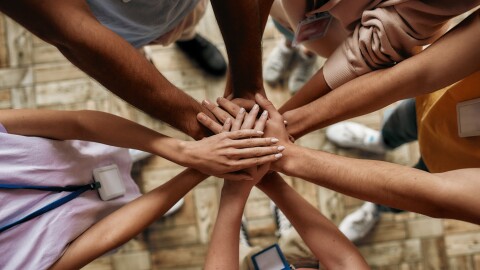In the late 1990s, thousands of canvases, allegedly painted by Norval Morrisseau, began to circulate. Behind the vivid colours and spiritual forms, a vast counterfeit network was in operation. Morrisseau, a pioneer of contemporary Indigenous art in Canada, saw his name—and legacy—tainted by what authorities are calling one of the largest art frauds in modern history. Estimated at more than $100 million, only half of the 6,000 fakes have been found.

But today, artificial intelligence (AI) is playing a part in bringing back to Norval Morrisseau’s Estate what is rightfully theirs. Determined to restore the truth and protect the artist’s legacy, the Estate partnered with Acrylic Robotics, a Montreal-based company working at the intersection of art, robotics and AI. Together, they are building an AI capable of analyzing artworks to support the authorities’ work and identify more counterfeits.
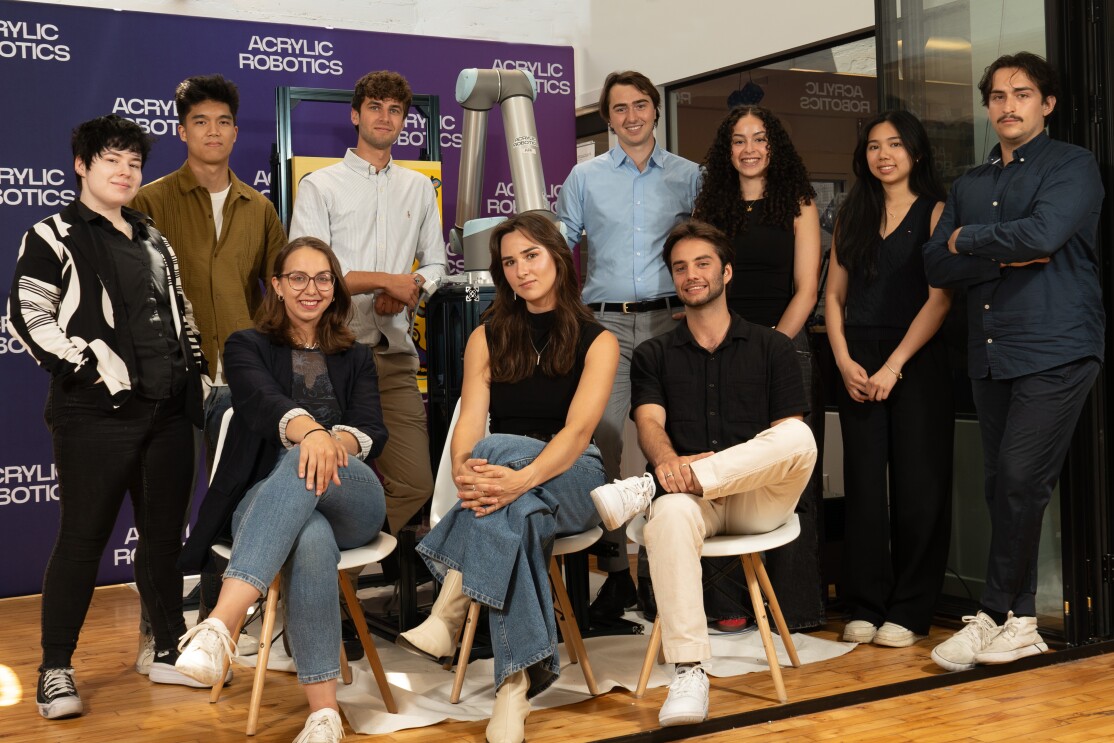
Continue reading to dive deeper on how the estate of Norval Morrisseau is using AI technology to counter fraud.
An Organic Symbiosis
“When we started off, we worked with artists who would paint on a tablet to capture every stroke, the exact pressure, and everything our robotic arm needed to recreate the artist’s work on a canvas,” explains Chloë Ryan, CEO and founder of Acrylic Robotics.
Working directly with artists, Acrylic Robotics uses AI software to guide a robotic arm to faithfully recreate the “aura” of an artist’s piece by imitating their distinctive style.
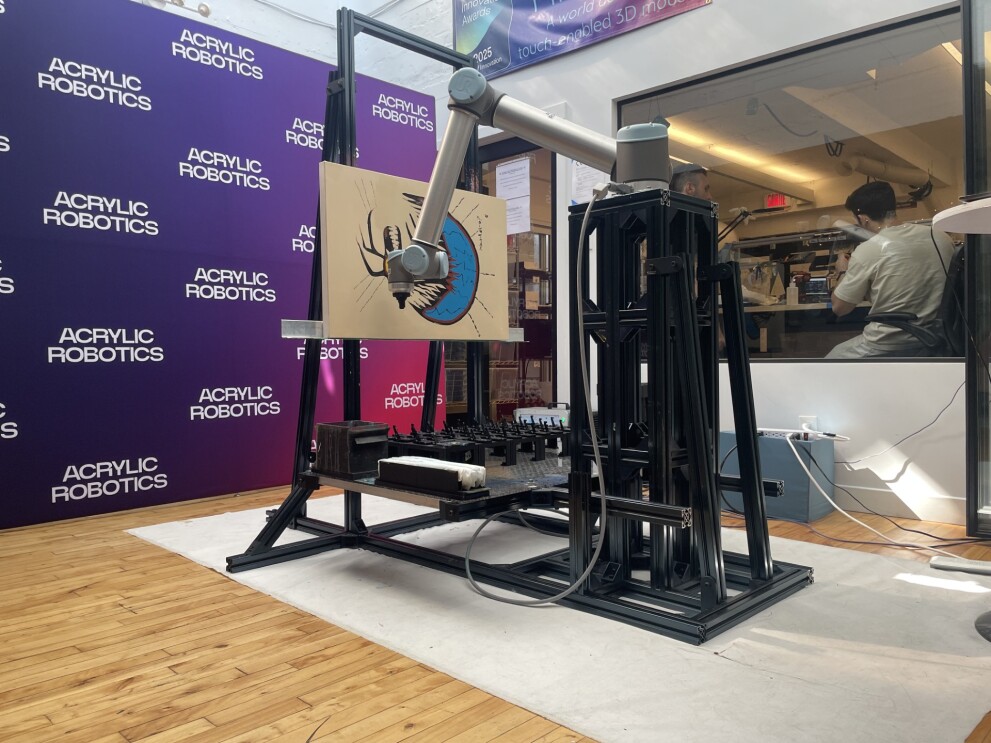
The startup quickly experienced growth and turned to Amazon Web Services (AWS) to enhance its replicating capabilities and diversify its products.
With the mission to appropriately credit and compensate artists for their work, Ryan was introduced to Cory Dingle, executive director of the Norval Morrisseau Estate. Dingle asked if Acrylic Robotic’s technology might be able to help uncover forgeries of Morrisseau’s body of work.
"The initial idea was to help train an AI capable of distinguishing authentic works from counterfeits—and ensure that the technology being developed wouldn't reinforce this scourge, neither for Morrisseau, nor for other artists,” says Ryan.
According to Dingle, many of Morrisseau’s counterfeit pieces were created in an assembly line program. “They're very easily distinguishable from a real Morrisseau,” he says, explaining that the Estate partnered with Acrylics Robotics to help produce “the best replicas that [he’s] ever come across”.
The Quest for Authentics
Acrylic Roboticsuses Amazon SageMaker, AWS’s machine learning capability, to create the ultra-precise replicasthat were used to train the Estate’s AI algorithms.
The AI is then exposed to both originals and intercepted fakes to fine-tune its abilities—making it better at spotting potential forgeries by detecting patterns that are invisible to the naked eye and reveal fraud
“AI is particularly suited for art authentication because it can analyze millions of details simultaneously at a scale and speed impossible for humans alone,” explains Patricia Nielsen, Head of business transformation and AI at AWS Canada.
“It doesn't replace human expertise—it amplifies it! AI systems could look beyond the the paint, exploring X-rays, infrared images, and other scans,” says Nielsen.
AI systems could also thoroughly examine the artwork's provenance, cross-checking dates, places, and ownership histories with known facts about the artist's life. Most importantly, it also flags the slightest inconsistency to experts.
Due to the lack of tools and mechanisms in Canada to help eliminate fraud the Morrisseau Estate partnered with two leading academic minds in AI and machine learning. Clement Gorin, Associate Professor, Pantheon-Sorbonne University, Paris and Stephan Heblich, Professor, Department of Economics, University of Toronto. The two art-loving economists using deep learning and visual recognition techniques to analyze paintings.”
The Estate wants to use this AI system to uncover key information to ultimately help authorities.
“We’ve been able to identify what fraud ring the fakes came from, and even which individuals painted them,” explains Dingle. “I’ve always seen AI as a powerful tool. In our case, AI is becoming our first line of defense.”
Restoring Trust and Safeguarding Morrisseau’s Name
Dingle hopes that thanks to technology, collectors, galleries, and museums will be able to acquire Morrisseau’s work with even more confidence that it is authentic and that his legacy is protected.
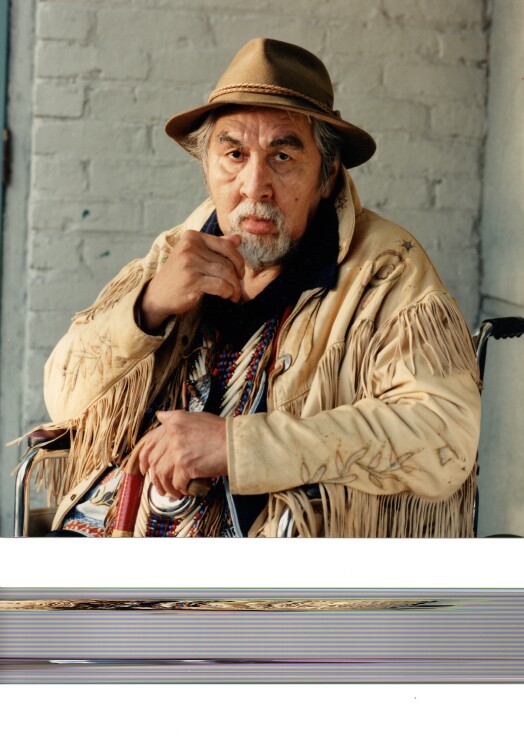
Dingle says, “Our most important function at the Estate here, and more so in Morrisseau’s life, is to install healing and education in humanity. “We are absolutely blessed with the outpouring of support of high caliber individuals and companies that have come forward to help us with this historic event. From great academics, lawyers, companies like acrylic robotics and AWS services. It is taking a worldwide community approach to solve this problem,” Dingle concludes.
To learn more about Acrylic Robotics' support for artistic creation, read this blog post.









